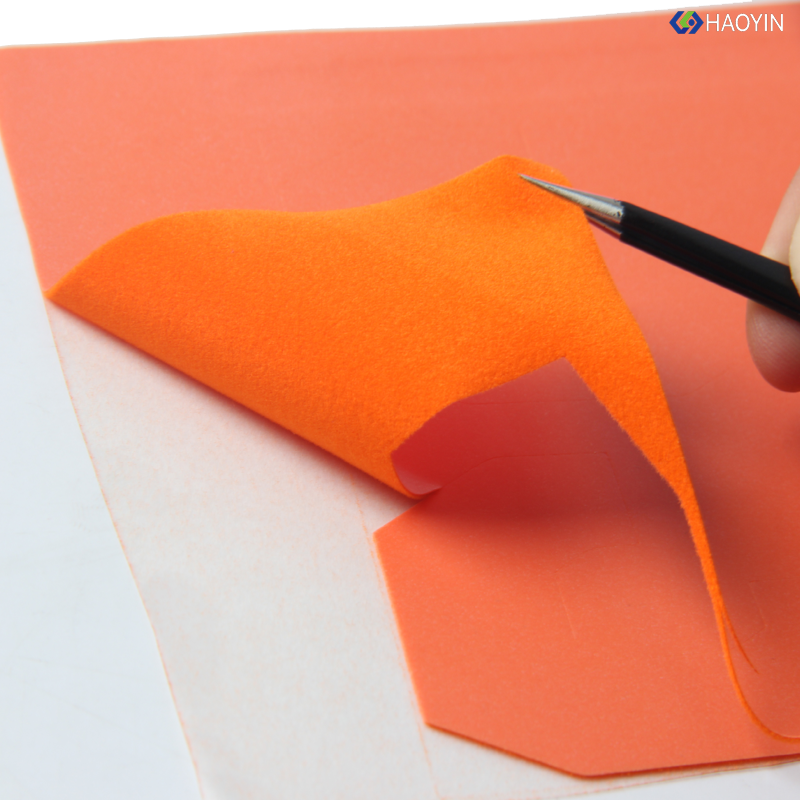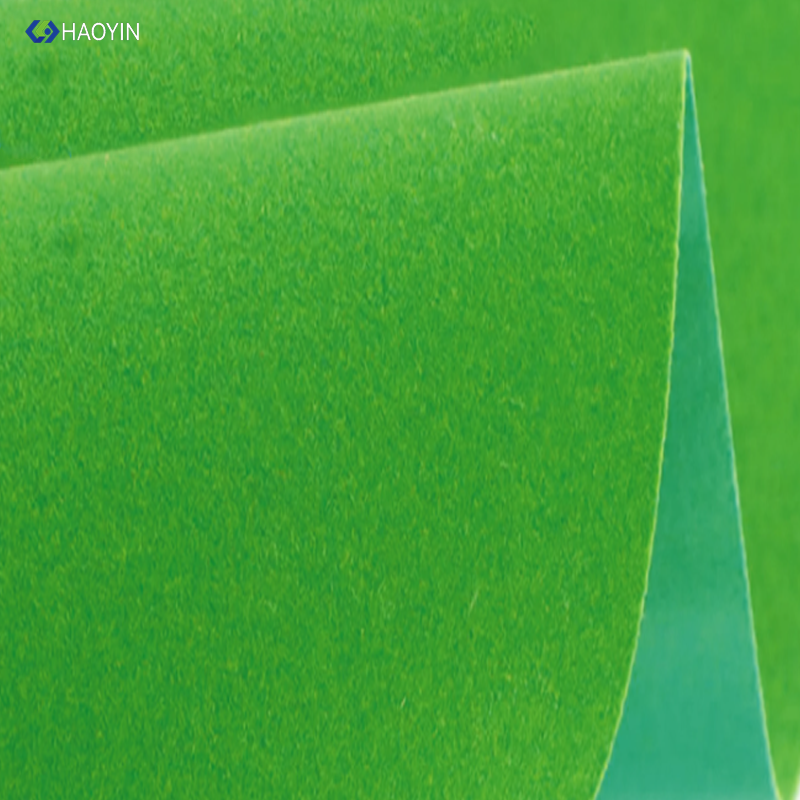Process: Short fibers (e.g., cotton, polyester, nylon) are vertically bonded to a base fabric via electrostatic or adhesive techniques to create a pile surface.
Features:
Short, dense, and even texture; soft but relatively thin.
Customizable patterns (e.g., cutting films), vibrant colors.
Moderate abrasion resistance; ideal for flat heat transfers.
Uses: Apparel logos, bag labels, home decor patches.

Material: Cotton or cotton blends (budget-friendly alternative to velvet).
Features:
Short, flat pile; thicker and less refined than velvet.
Matte finish, breathable, prone to wrinkling.
Uses: Children’s clothing, loungewear, curtains.

Material: Traditionally silk; modern versions use cotton, polyester, or blends.
Features:
Long, dense pile with luxurious sheen and smooth drape.
High luster but delicate (snags easily, requires care).
Uses: High-end dresses, upholstery, stage costumes.

| Type | Texture | Thickness/Fluffiness | Luster | Typical Uses |
|---|---|---|---|---|
| Flocking | Short, soft | Thin | Matte | Heat-transfer labels, DIY films |
| Velveteen | Dense, slightly coarse | Medium | None | Everyday apparel, home textiles |
| Velvet | Silky, luxurious | Thick | High | Luxury fashion, decor fabrics |
Selection Tips:
For custom transfers: Flocking films (heat-resistant, easy to cut).
Budget option: Velveteen.
Premium feel: Velvet.
Warmth and loft: Chenille.
 Hot News
Hot News2025-08-28
2025-08-18
2025-08-11
2025-08-04
2025-07-25
2025-07-23